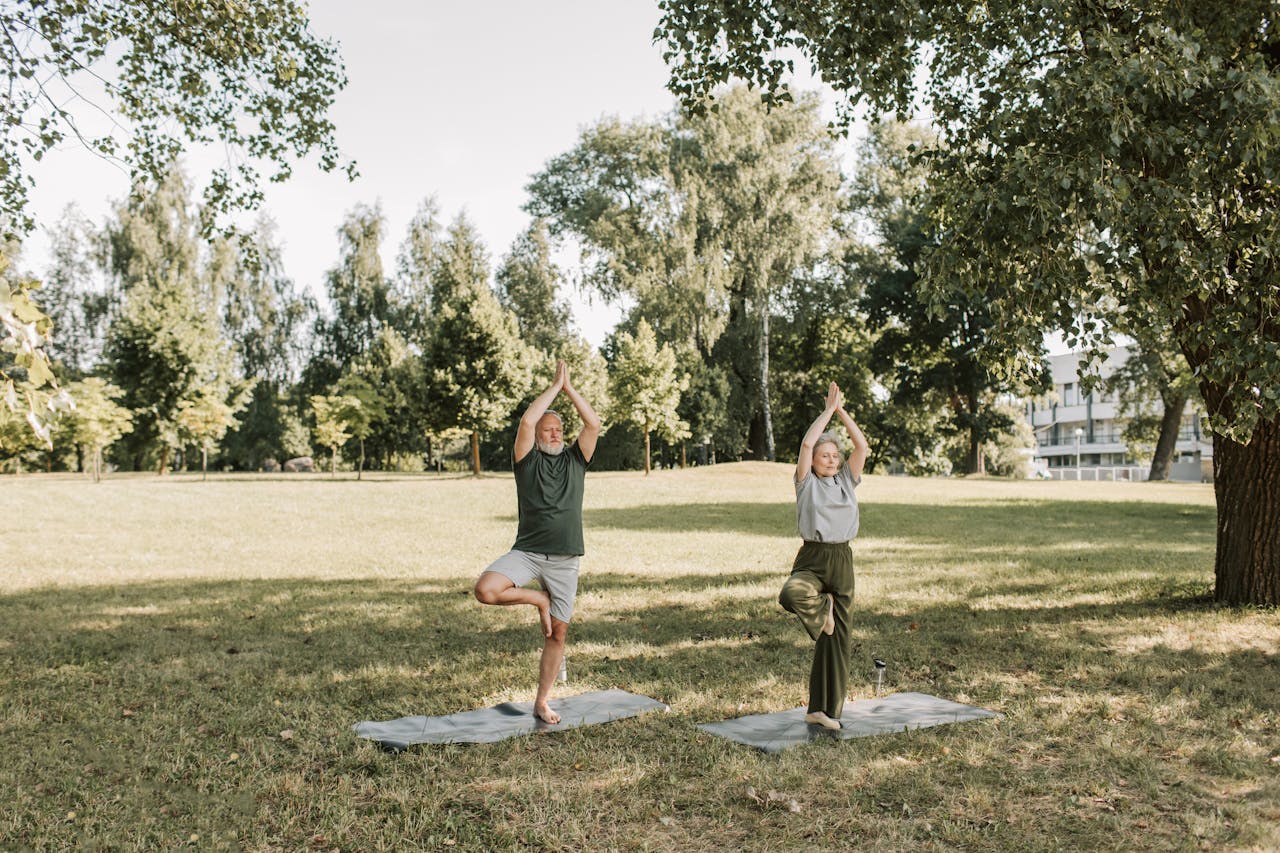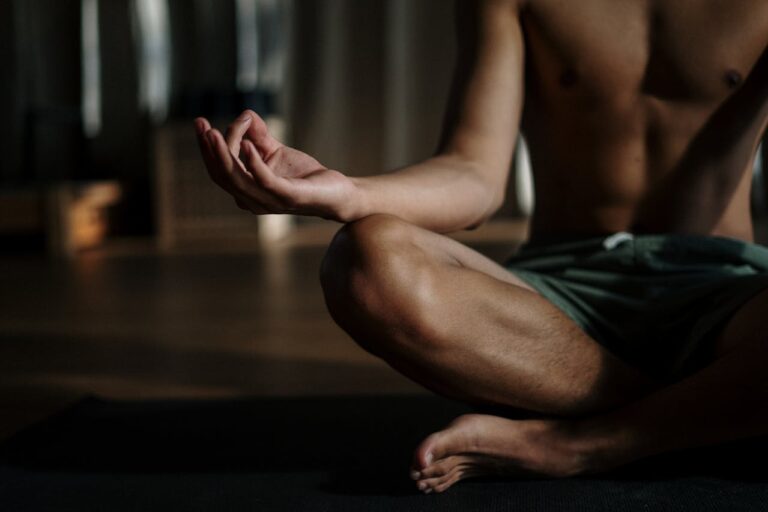Write Us: hello@ali5.org
How to Build a Morning Routine That Supports Mental and Physical Health
Learn how to build a morning routine that supports both mental and physical health. Get practical tips for starting your day with energy, focus, and a positive mindset.

The way you start your day might affect the rest of it. The way you start your day can affect your attitude, mental clarity, energy levels, and even your physical health. But a lot of us wake up feeling rushed, foggy, or worried, and just start doing things without a plan. The good news is that developing a morning routine doesn’t have to be hard. You may make a routine that feeds your mind and body with just a few planned behaviors. This will help you have a more productive and balanced day.
The truth is that a morning routine doesn’t have to have strict rules or a perfect schedule. It’s about making a framework that works for you, gives you energy, and helps you stay healthy. Let’s take it apart.
Why It’s Important to Have a Morning Routine
It’s important to know the “why” before you go into the “how.” Most individuals don’t know that their mornings have a bigger impact on their day than they think. Experts and studies say this:
Mental health
Doing calm, planned things first thing in the morning might help lower tension and anxiety. Simple things like journaling or meditating can help you control your emotions and make you mentally stronger.
Physical health
Things like stretching, moving, and drinking water can help your body wake up, get better circulation, and speed up your metabolism. A planned morning gets your brain ready to focus and work hard. You can get your priorities done without too much stress if you get rid of decision fatigue first thing in the morning.
In summary, the morning is when you start over every day. The habits you choose here will affect the rest of your day.
Step 1: Make sleep your top priority
The truth is that no morning regimen will work if you don’t get adequate sleep. Sleep is the key to clear thinking, stable emotions, and healing your body.
- Choose a time to go to bed and wake up every day. Your body loves rhythm. Even on weekends, try to get up and go to bed at the same time every day.
- Get 7 to 9 hours of good sleep. When you don’t get enough sleep, you may feel cranky, have trouble thinking, want things, and have a weaker immune system.
- Relax before you go to bed. Stay away from screens for at least 30 to 60 minutes before bed. Your body knows it’s time to relax when you read, do easy stretches, or listen to peaceful music.
What this truly implies is that the night before is when you start your morning ritual. If you make sleep a priority, it will be simpler to wake up feeling rested and ready to get back to your routine.
Step 2: Be aware when you wake up
Most individuals hit the snooze button more than once, which makes them feel even sleepier. Instead, try these ideas:
- Get up at the same hour every day. Sticking to a schedule strengthens your circadian rhythm and boosts your vitality.
- Breathe deeply a few times. Take a deep breath and let it out slowly for 30 seconds after you wake up. This helps your body get more oxygen and lowers your stress in the morning.
- Don’t use your phone right away. Reading messages or checking social media first thing in the morning can make you anxious and make you focus on other people’s needs instead of your own.
Being aware for just a few minutes each morning can have a major effect on your mental health.
Step 3: Give Your Body Water
If you don’t drink water for 7–8 hours, your body will become dehydrated. There are many reasons why you should drink water in the morning:
- A glass of water speeds up digestion and helps keep your body temperature stable.
- Dehydration makes it hard to focus, remember things, and feel well.
- Helps the body get rid of toxins: Water helps your body get rid of toxins and gets it ready for nourishment.
You might want to put a glass of water by your bed so you can drink it first thing in the morning. Adding a dash of lemon to some people’s drinks gives their liver a moderate boost and more vitamin C.
Step 4: Go to Your Body
Movement doesn’t have to be a hard workout, but it does help your muscles and joints wake up. Some choices are:
- Stretching or doing yoga: Just 10 minutes of mild stretching will help your circulation, suppleness, and mental clarity.
- Walking or doing mild cardio: A short walk outside in the morning gives you sunlight, which aids your circadian rhythm and increases your vitamin D levels.
- Push-ups, squats, and planks are all bodyweight workouts that can provide you with energy and make you feel better.
What matters is being consistent. An exercise that lasts 5 to 15 minutes can be good for your body and mind in the long run.
Step 5: Give Your Mind Food
Your brain is a muscle, and what you eat in the morning affects how much mental energy you have. Think about adding these habits:
- Writing about your objectives, things you’re thankful for, or sentiments for 5–10 minutes will help you relax and figure out what’s most important to you.
- Reading a few pages of a book, especially one that is motivating or instructional, gets your mind ready to grow.
- Meditation or mindfulness: Just 5 to 10 minutes of concentrated breathing or guided meditation can help you feel less anxious, pay more attention, and control your emotions better.
Don’t start your day with bad news or social media, which can raise cortisol levels and make you more likely to respond to things.
Step 6: Have a healthy breakfast.
Breakfast isn’t just a habit; it’s food. Eating the correct foods will help you have more energy, stay focused, and feel better:
- Put protein first: Eggs, yogurt, or plant-based proteins can keep your blood sugar stable and make you feel full longer.
- Add fiber and healthy fats to your diet. Oats, whole-grain toast, nuts, and seeds are all good for digestion and keeping you full.
- Eat less sugar. If you eat a lot of sugar in the morning, your blood sugar may go up and down, which can make you tired later in the morning.
If you don’t have much time, quick combos like Greek yogurt with berries or avocado on whole-grain toast provide you with all the nutrients you need in a short amount of time.
Step 7: Make a plan for the day
The last part of a mindful morning ritual is getting your mind ready for the day:
- Make a list of your top priorities: List three important things you want to do.
- You can get more done and feel less stressed when you only work on a few goals at a time.
- Positive affirmation: Saying something nice to yourself or imagining a good day can give you more confidence and drive.
- Plan short breaks. Being intentional about your breaks stops you from getting tired and gives you energy all day.
This step links your emotional and physical preparations, making you feel in charge and like you have a purpose.
Step 8: Make it your own.
The way I start my day is always different. Kids or people who work from home might not need the same things that a parent who is always on the go does. Change what you do because:
- Your responsibilities and plans
- When you like to work out or relax the most
- Levels of energy and natural cycles
- The chance to use the outdoor room or spend time by yourself
- Take small steps at first. A 15- to 30-minute routine every morning can make a big difference in your energy, happiness, and work output.
The main point
When you make a morning habit that is good for your body and mind, it’s not about being perfect. It’s about making a schedule that feeds your body, clears your mind, and gets you ready to go headfirst into the day. You should get enough sleep, get up with a plan, drink water, move around, feed your brain, eat healthy food, and write down your goals. Over time, these small habits add up to give you more strength, energy, and focus.
This is the thing: mornings are yours. A lot more than most people think. How you spend them matters. Making a routine that works for you is a daily investment in your mental and physical wellness.







